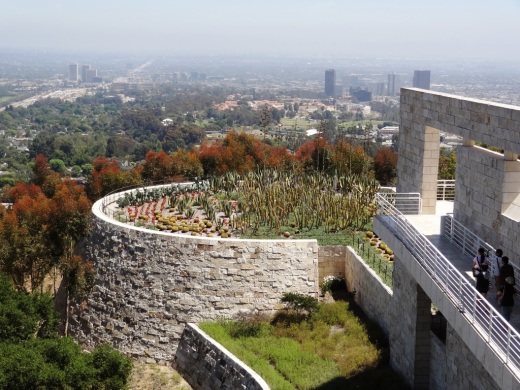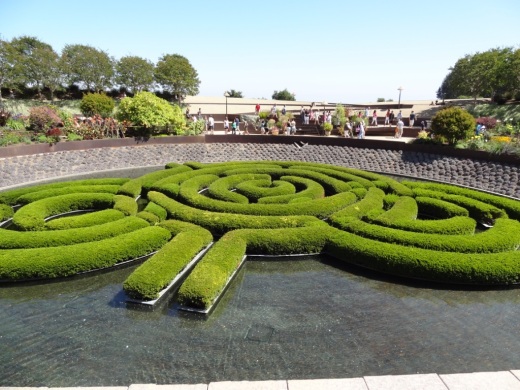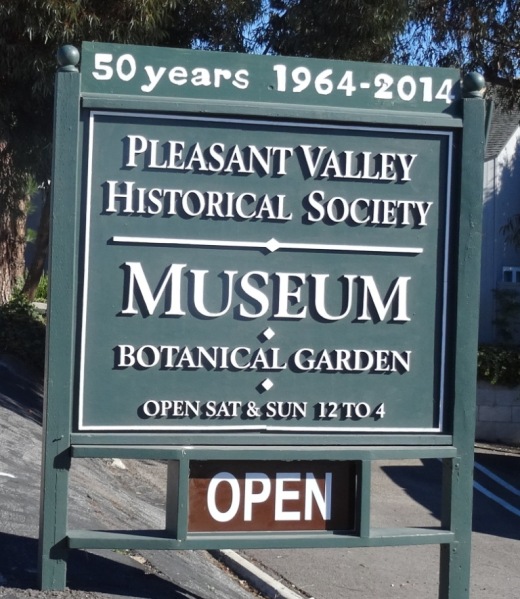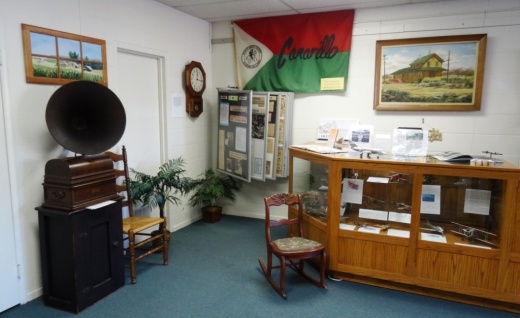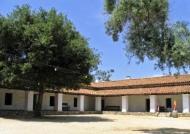Scandinavian Center at California Lutheran University in Thousand Oaks
/The public is invited to share in the many activities and services of the Scandinavian American Cultural & Historical Foundation (SACHF) that take place at Cal Lutheran University, including many functions at the Scandinavian Center. The Center is open to the public for scheduled events and special functions.
The Aina Abrahamson Library at the Center includes thousands of Scandinavian-related books, publications, documents and audio/visual materials. Visitors can review books while at the Center, but only SACHF may check out the books from the library.
As a museum, the Center offers a wide assortment of artifacts, costumes, early and contemporary art, musical instruments, a Norwegian ship model and a ship plaque from Sweden, and examples depicting industry of yesterday and today.
Other offerings and events include genealogy research, classes, brown-bag lunch series, the annual Scandinavian Festival in April, the annual Nordic Spirit Symposium and Scandinavian Lecture Series.
The Center is located at 60 W. Olsen Road at CLU. The Center is located at the southeastern corner of the campus, at Faculty Road and Mountclef Boulevard.
Visit www.ScandinavianCenter.org or call (805) 241-0391 for more information.







